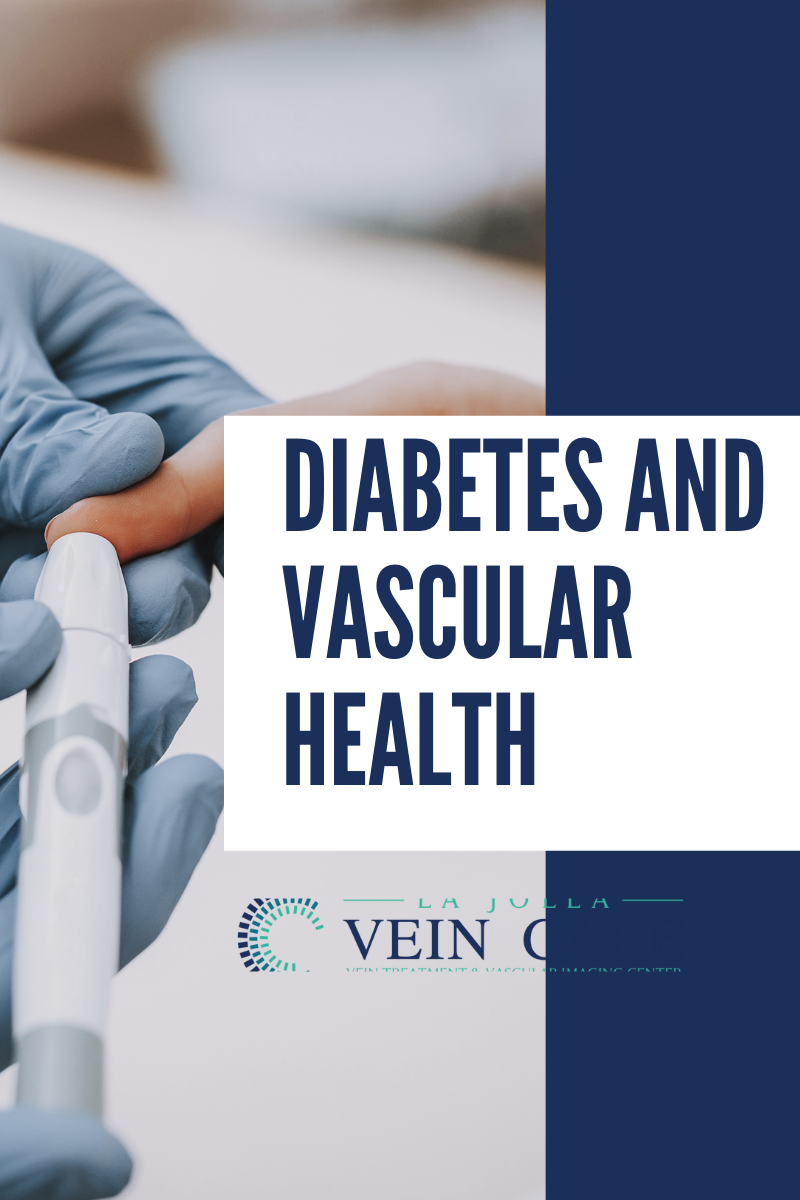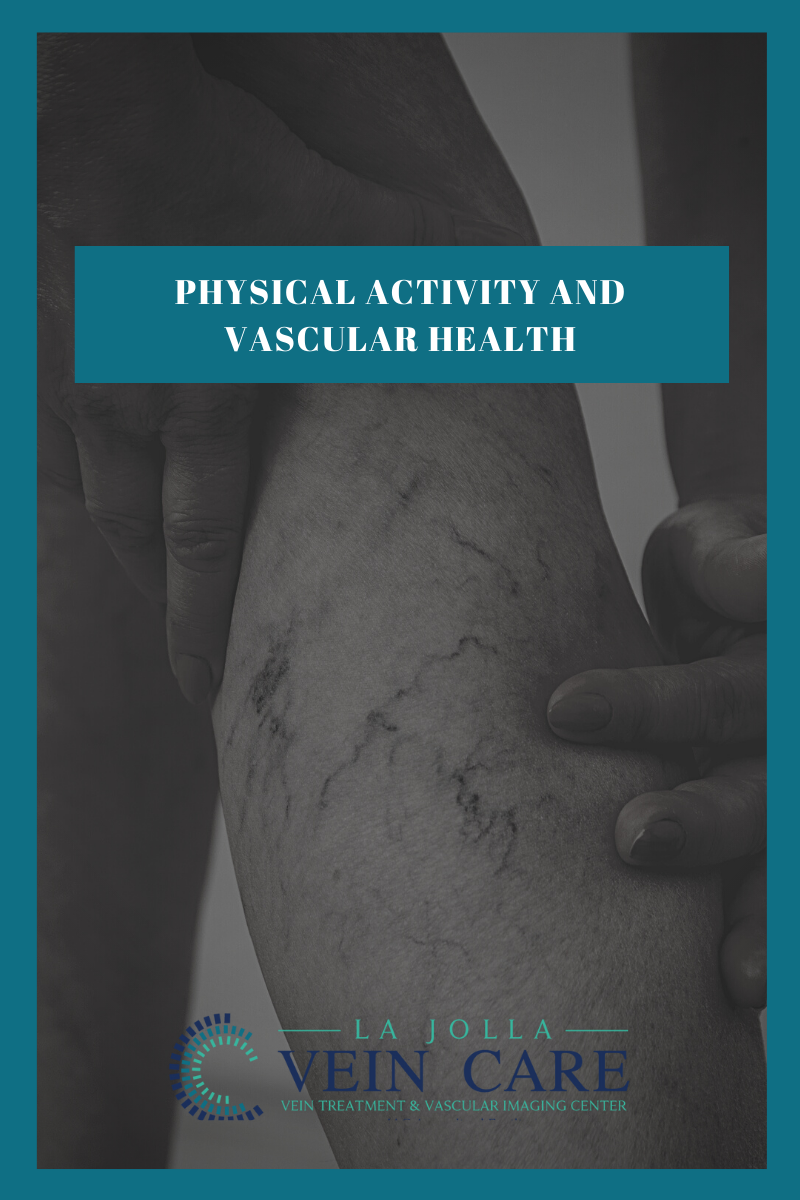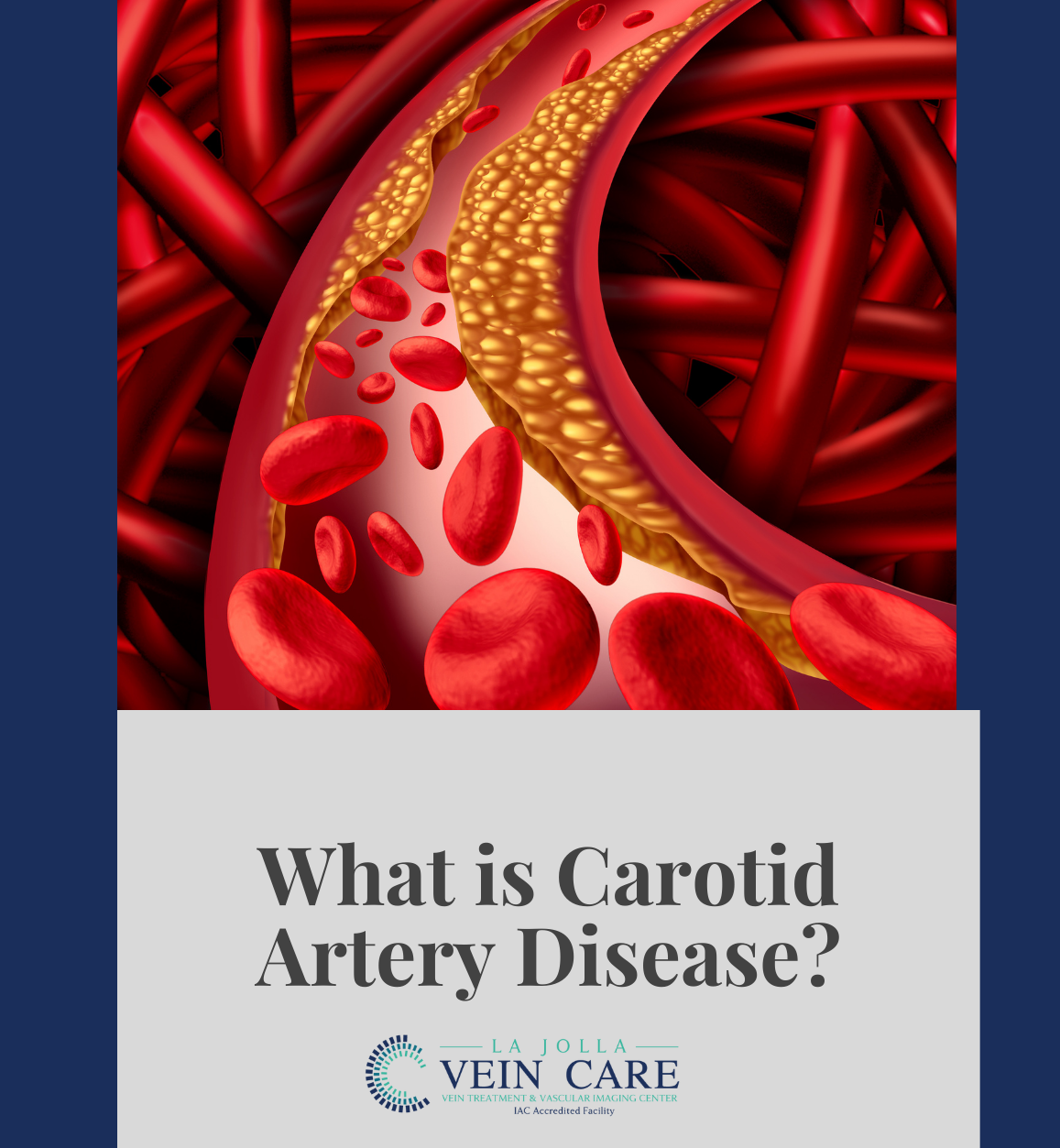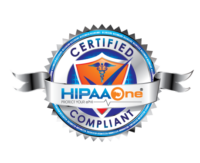Diabetes and Vascular Health
LJVascular2022-04-01T08:55:27-07:00Diabetes and Vascular Disease
Diabetes Mellitus is a disease that affects the body’s ability to absorb glucose, which is a form of sugar and a major source of energy. There are two types of diabetes, Type 1 (formerly known as juvenile diabetes) and Type 2 (formerly called adult onset diabetes).
Both cause high […]





